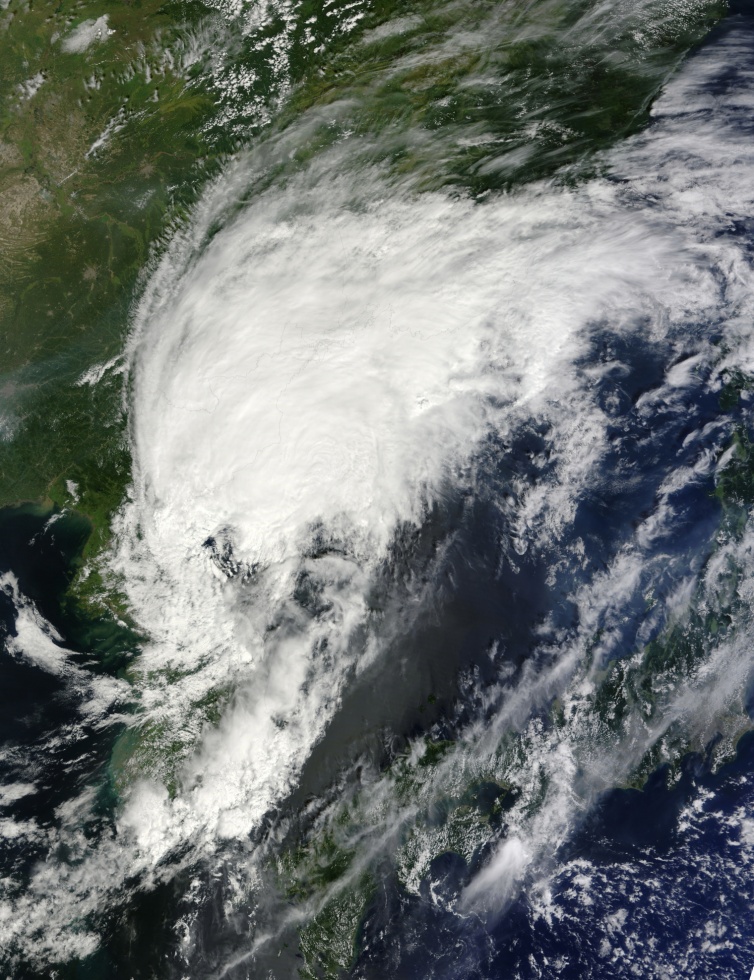
China’s first wind-powered desalination plant will go into service before the end of the year, providing 10,000 tons of fresh water a day to the coastal city of Dafeng, 300km north of Shanghai. The plant is expected to supply bottled water as well as feed nearby industrial complexes at the port, and will be powered by a large-scale 2.5MW wind turbine producing the 40,000 KWh of electricity required each day to power it. This is part of an ambitious programme under the 12th Five Year Plan announced in February to quadruple the production of desalted water by 2020. While detailed polices for China’s desalination industry have yet to be confirmed, it’s expected that desalinated water producers will benefit from a special government fund earmarked for the renewable energy industry. China currently produces 180 million gallons of fresh water through desalination every day, with almost 60 conventional plants, but the Government aims to boost this to 800 million gallons a day with the construction of nearly a dozen new 200,000-ton-a-day plants. Despite its commitment to desalination, analysts believe that plants like the one in Dafeng are merely a drop in the bucket in the context of China’s water problems. Of its 668 cities, 400 suffer water stress. “I don't think it's very scalable,” said Simon Powell, Head of Sustainable Research at the Chinese investment group CLSA in Hong Kong. “On my numbers, an industrial desalination plant needs 500MW to 1GW of power – that's a lot of wind turbines.” Meanwhile, China’s accelerated rate of aridity is causing alarm. A recent survey of the country’s waterways showed that, of the more than 50,000 rivers with catchments of 100 square kilometers counted in the 1950s, little more than 27,000 still exist. Most of these waterways, the research concluded, had been subject to over-exploitation by farms or factories. While northern China has struggled with water scarcity and desertification for centuries, in recent years attention has shifted to coastal cities where rapid urbanisation has taken a heavy toll on water demand. According to the UN, coastal urban conurbations – which now hold 40% of the population and contribute some 60% of the GDP – have a per capita water resource of less than 500m3 per year; the level defined as ‘extremely scarce’ by the world body. China is not alone in looking to renewable energy for long-term water security. Saudi Arabia is the largest producer of desalinated water in the world, accounting for at least 17% of total world output, but according to the World Bank, it burns the equivalent of 1.5 million barrels of crude oil a day to produce this fresh water. Saudi Arabia plans to invest $11 billion to 2020 as part of the King Abdullah Initiative for Solar Desalination, which aims to gradually convert all desalination plants to solar power, using reverse osmosis. – Peter Shadbolt -
See more at: http://www.forumforthefuture.org/greenfutures/articles/china-looks-wind-fresh-water#sthash.6WC5dr2I.dpuf
- CBCSD and Members Participated and Suggested on the Project for Technical Regulation on Low-carbon Pilot Community
- CBCSD and Members Participated in the APEC Cooperation Network Construction Forum of Green Supply Chain
- Calculation Method of CO2 Emissions in Petroleum and Natural Gas Exploitation Enterprises & Calculation Method of CO2 Emissions in Water Network of Chemical Enterprises
- CBCSD Attended the Workshop for Environmental Protection and Sustainable Development and Delivered Introductions
- WBCSD: Tackling the Challenge, How to Make Informed Choices on Forest Product?
- The National New-Type Urbanization Plan Released, Board Members of CBCSD Help the Sustainable Development of Cities
- Board members of CBCSD Actively Participated in the Carbon Trading and International Climate Change Process
- Two industrial Standards Compiled by CBCSD Passed Examination
- Widespread Use of the Achievements Businesses Energy Saving and Greenhouse Gas Management
- CBCSD held Chemical industry enterprise value chain (range 3) greenhouse gas emissions, accounting and reporting guidelines

